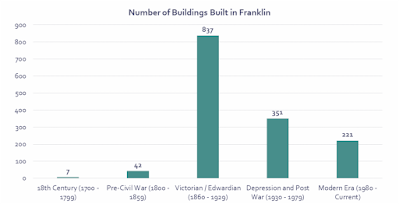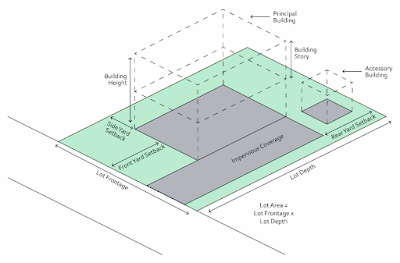Norfolk County Register of Deeds William P. O’Donnell reported that January real estate numbers relative to Norfolk County real estate activity continue to trend down.
“The Norfolk County real estate market” noted Register O’Donnell, “has continued to slow entering into 2022, which is not uncommon for this time of year. January is typically one of the slowest months for real estate transactions.” There were 11,622 documents recorded at the Norfolk County Registry of Deeds in January, a 25% decrease over last year’s January document volume and a 21% decrease from December.
“The number of deeds for January 2022 which reflect real estate sales and transfers, both commercial and residential, decreased by 4% from January 2021 and by 30% from December. However, the average sales price during the month was $1,439,472, an impressive 51% increase compared to January 2021 and only slightly down from December. Total dollar volume of commercial and residential sales also showed solid gains from one year ago, increasing 57% to over $1.05 billion,” noted the Register.
Overall lending activity showed a decrease again for the month of January. A total of 2,325 mortgages were recorded during the month, a 44% decrease compared to a year ago and a decrease of 22% from December’s number. “It appears that many consumers have already refinanced given the past low interest rate environment,” noted O’Donnell.
A cause for concern in Norfolk County, however, is the increase in foreclosures. A moratorium on foreclosures enacted on April 20, 2020 due to the COVID-19 pandemic expired on October 17, 2020. The Norfolk County Registry of Deeds has been closely watching the foreclosure market. During January, as in December, there were 7 foreclosure deeds recorded as a result of mortgage foreclosures taking place in Norfolk County. In addition, there were 18 Notices to Foreclose, the first step in the foreclosure process, recorded in Norfolk County in January. In January 2021 there was only 1 Foreclosure Deed and 9 Notices to Foreclosure Mortgages filed. “The increase in these numbers remind us that some of our neighbors continue to face financial challenges”, said O’Donnell. “We will continue to monitor these numbers.”
For the past several years, the Norfolk County Registry of Deeds has partnered with Quincy Community Action Programs, 617-479-8181 x376, and NeighborWorks Housing Solutions, 508-587-0950 to help anyone facing challenges paying their mortgage. Another option for homeowners is to contact the Massachusetts Attorney General’s Consumer Advocacy and Response Division (CARD) at 617-727-8400. Register O’Donnell stated, “If you are having difficulty paying your monthly mortgage, please consider contacting one of these non-profit agencies for help and guidance.”
Homestead recordings by owners of homes and condominiums decreased slightly this year at the Norfolk County Registry of Deeds. There was a 1% decrease in homestead recordings in January 2022 compared to January 2021 but a decrease of 25% from December. A recorded Declaration of Homestead,” noted O’Donnell, “provides limited protection against the forced sale of an individual’s primary residence to satisfy unsecured debt up to $500,000. It is great to see folks protecting the biggest asset most of us have, our homes. I would urge anyone who has not availed themselves of this important consumer protection tool to consider doing so. Please visit the Registry website at www.norfolkdeeds.org to get more information on homestead protection.”
Register O’Donnell concluded, “January real estate activity slowed in Norfolk County but again, that is fairly typical for this time of year. We see available real estate inventory as continuing to be a source of concern in Norfolk County. It’s especially a problem for first-time homebuyers attempting to crack the market. Nothing we see in the numbers indicates any change in that sector of the market.”
The Registry of Deeds continues to be open to the public for business. Registry personnel are processing in-person recordings while vigilantly maintaining COVID related protocols. The drop-off box located at the main entrance of the Registry Building will continue to be available for use by those members of the public who may not be comfortable entering the Registry of Deeds Building The volume of documents recorded electronically for many of our institutional users continues to increase.. We are also receiving documents in person, via regular mail, Federal Express, UPS and from our drop-off box located just outside our main entrance at 649 High Street, Dedham, MA.”
To learn more about these and other Registry of Deeds events and initiatives, like us at facebook.com/NorfolkDeeds or follow us on twitter.com/NorfolkDeeds and Instagram.com/NorfolkDeeds.
The Norfolk County Registry of Deeds is located at 649 High Street in Dedham. The Registry is a resource for homeowners, title examiners, mortgage lenders, municipalities and others with a need for secure, accurate, accessible land record information. All land record research information can be found on the Registry’s website www.norfolkdeeds.org. Residents in need of assistance can contact the Registry of Deeds Customer Service Center via telephone at (781) 461-6101, or email us at registerodonnell@norfolkdeeds.org.
 |
| January 2022 Real Estate Activity in Norfolk County |











